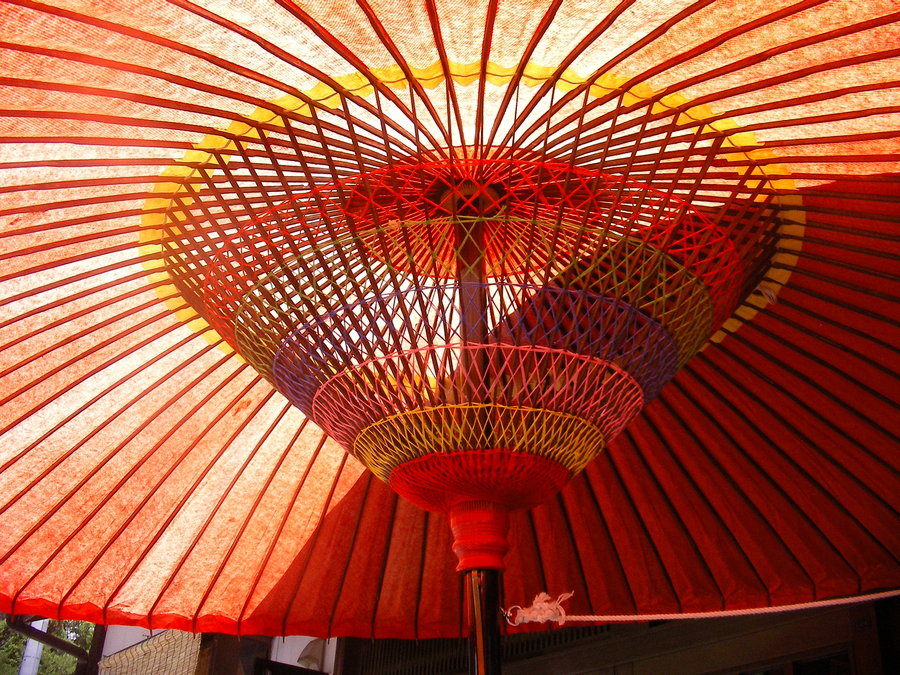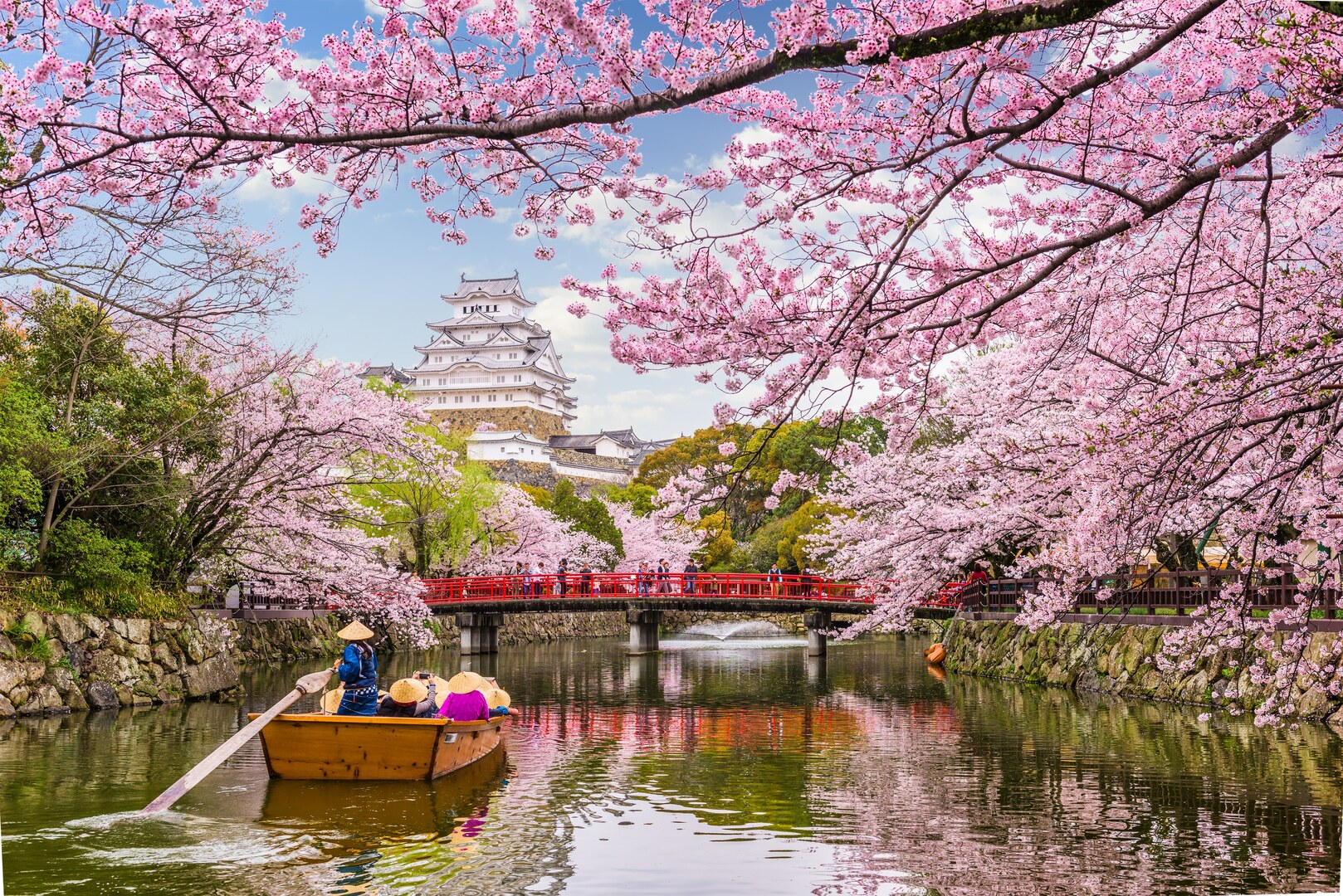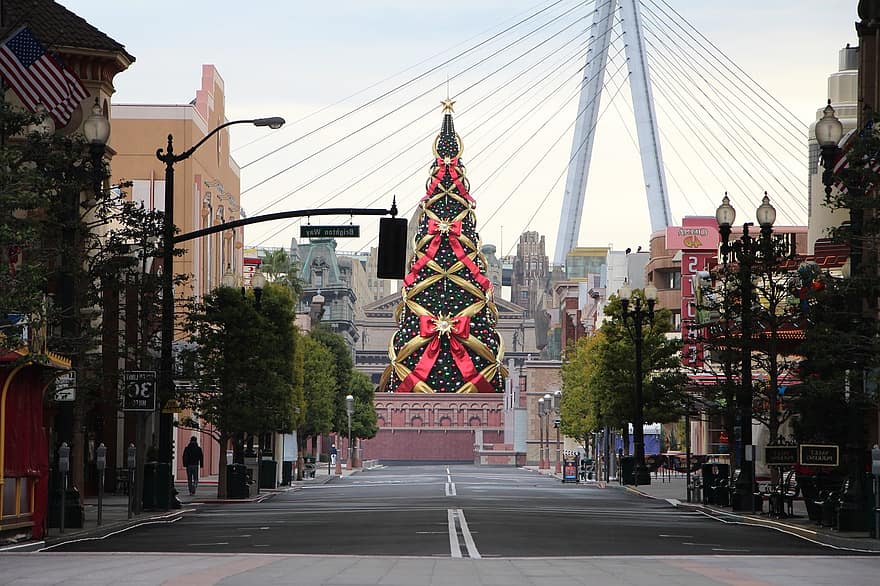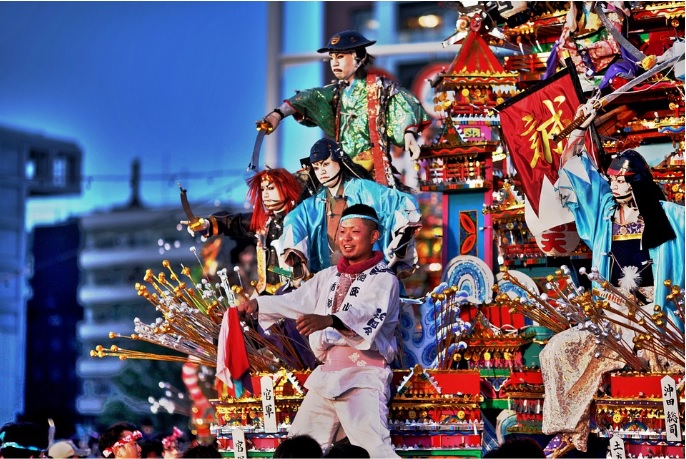
Besides the four seasons - winter, spring, summer, and autumn - Japan also has a fifth: the rainy season. It is when typhoons and storms are common. Heavy pours of rain visit the country once in awhile and it is handy to have an umbrella within reach.
But before the modern umbrella came to be, the Japanese already had their own kind of umbrella. A wagasa is an umbrella made out of bamboo wood and paper. Even though paper is not waterproof, they coat the materials with linseed oil to strengthen it and allow it to withstand the rain. Many are surprised to know that these paper umbrellas can be water resistant, too.
The umbrella was brought by the Koreans to Japan during the Asuka period. The wagasa soon spread throughout Asia and became a hit during the rainy season. People also started to make it in their own homes, making it one of the top industries in Japan during those times.
Although the use of wagasa has declined due to the rise of plastic umbrellas, it is still used in performing arts and traditional ceremonies.
The umbrella can be of different design and colors. Each color has a representation of who the owner is. The geisha usually uses purple, the dancers use pink, the men and elderly use dark blue while. Designs may vary as they have different representation and symbolisms.





